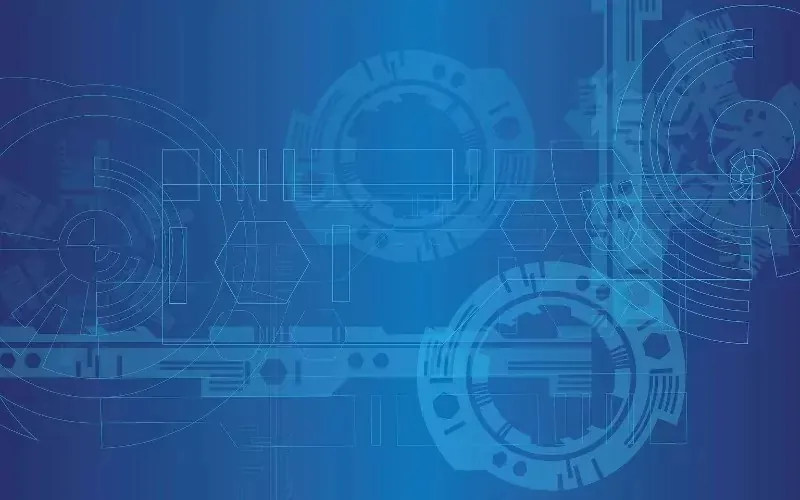The proliferation of robots in professional spaces continues to accelerate, drawing attention and concern from various sectors.
Recent developments suggest that automation will alter many traditional jobs, prompting significant shifts in workforce dynamics.
The emergence of robot journalists illustrates the expansive reach of automation technology. Platforms are now exploring automated storytelling through systems like ‘synthetic literature’, where machines collaborate with humans to produce novels.
While these developments may seem futuristic, they echo historical apprehensions about machines taking jobs, reminiscent of the Luddites in the 1800s. This concern is not unfounded, as predictions indicate a transformation in employment landscapes.
Automation threatens one in three jobs in specific UK regions by 2030, with positions in retail and administration most vulnerable. It’s crucial to address these challenges proactively as this technological tide surges forward.
Although automation drastically reshapes obvious sectors, its reach extends further than anticipated. Creative and people-focused roles, once thought immune, are also under scrutiny.
For instance, journalists may face competition as data-driven articles become standard. However, storytelling that demands nuance remains reliant on human skills—at least for now. News has surfaced, for instance, of bots misreporting events like an old earthquake.
The potential for collaboration remains, as robots efficiently process data. This symbiosis can free humans from mundane tasks, enhancing productivity and allowing a focus on more complex issues.
The ability to personalise content through technology is gaining interest. Automated systems might tailor news reports to diverse audiences based on location, interest, or reading ability.
Such advancements offer opportunities for media outlets to engage audiences more effectively, despite the continuing debate about technology’s role in news production.
As demonstrated by The Washington Post’s AI initiatives, automation can coexist with creative human input, broadening options for consumer engagement and content diversity.
The march towards automation raises questions about the future workforce. As machines perform numerous tasks, the need for human oversight in operating and maintaining them persists.
Investing in education and retraining schemes becomes vital to equip the workforce with the necessary technological acumen. Reskilling initiatives are being considered to mitigate job displacement.
Understanding future demands in technical expertise is paramount. Moreover, cultivating soft skills remains essential as they underpin roles immune to automation.
Adaptive strategies among businesses reveal automation’s potential to transform operations positively. Firms embracing technology often achieve streamlined processes and increased productivity.
Such transformation is evident in companies like SoloPress and Typhoo, where automation investments have led to efficiency and expanded employment opportunities.
Flexibility in adopting new technologies places businesses at a competitive advantage. In this evolving landscape, identifying future skill requirements is imperative to thrive amidst disruption.
As industries evolve with automation, the human workforce must also adapt. Embracing change and developing proficiency in managing new technologies is crucial for future success.
The capacity to adapt and learn remains one of humanity’s greatest strengths, providing a significant advantage in navigating an automated world.
Automation’s influence on the workplace is undeniable, yet it also opens doors for innovation and growth.
Embracing technology while maintaining human elements will redefine work, offering promising prospects for the future.


